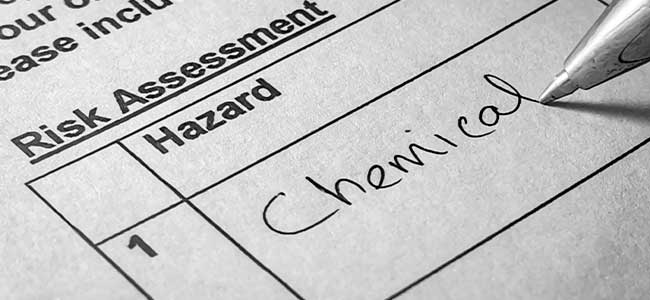
How to Harness Hazard Communication Training
There are multiple benefits of hazard communication training. What are they and how do you get started?
- By Gen Handley
- Aug 01, 2023
All of us, regardless of industry, face safety hazards at work. Some are obvious like heavy machinery or working from tall heights, while some are less obvious such as workplace violence and biological hazards including viruses or dangerous wildlife. Yes, some are more dangerous than others, but they are still occupational hazards nonetheless and must be communicated to those affected, promptly and properly.
What is hazard communication?
This is where hazard communication—as well as the training and education of employees around that very important communication—comes in. By most definitions, hazard communication is a standardized language and/or processes that notify employees about occupational hazards, particularly toxic chemicals and substances.
OSHA’s Hazard Communication Standard (HCS) requires employers to educate workers about the identities and hazards of specific chemicals, including labels and safety data sheets, as well as safety training on how to handle chemicals properly. Hazard communication is based on a set of internationally recognized pictograms, as well as hazard statements and warning words; it’s aligned with the Globally Harmonized System of Classification and Labeling of Chemicals (GHS).
What is hazard communication training?
In order to best ensure that a company’s employees understand hazard communication, provide thorough training to all people handling or working around dangerous chemicals. OHSA states, “Employers are required to train workers on the new labels elements and safety data sheets format to facilitate recognition and understanding.”
Additionally, under Standard 1910.1200 - Hazard Communication, OSHA says the employer is responsible for developing a hazard communication program which can include:
- List of hazardous chemicals currently in use
- Chemical container labels, stickers and decals
- Safety data sheets
- Training programs about chemical hazards and protective measures
What Are the Benefits?
There are many benefits of hazard communication training:
Improved Occupational Safety. The most significant and obvious benefit of hazard communication training is increased protection of employees by improved handling, storage and transportation of dangerous chemicals at work. This educates team members on how to work with and around certain chemicals so that they are not harmed—to proactively take measures in chemical handling and storage now so that accidents don’t happen in the future.
This article originally appeared in the August 1, 2023 issue of Occupational Health & Safety.